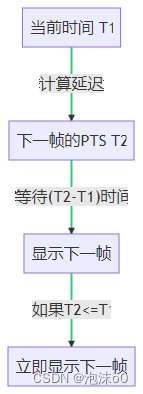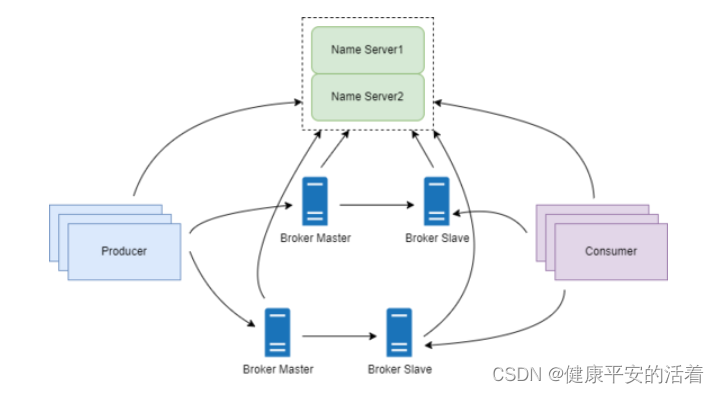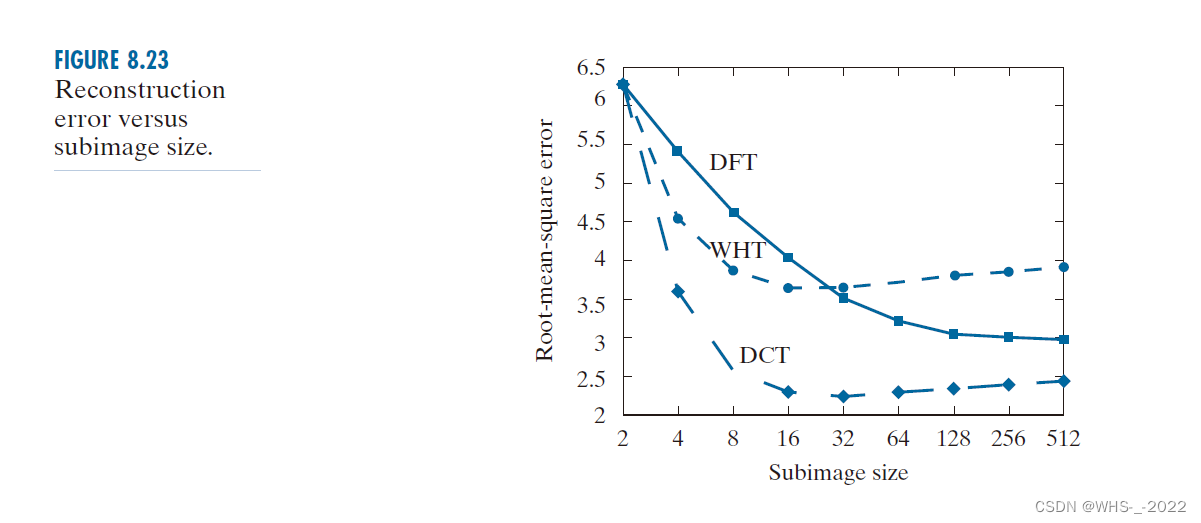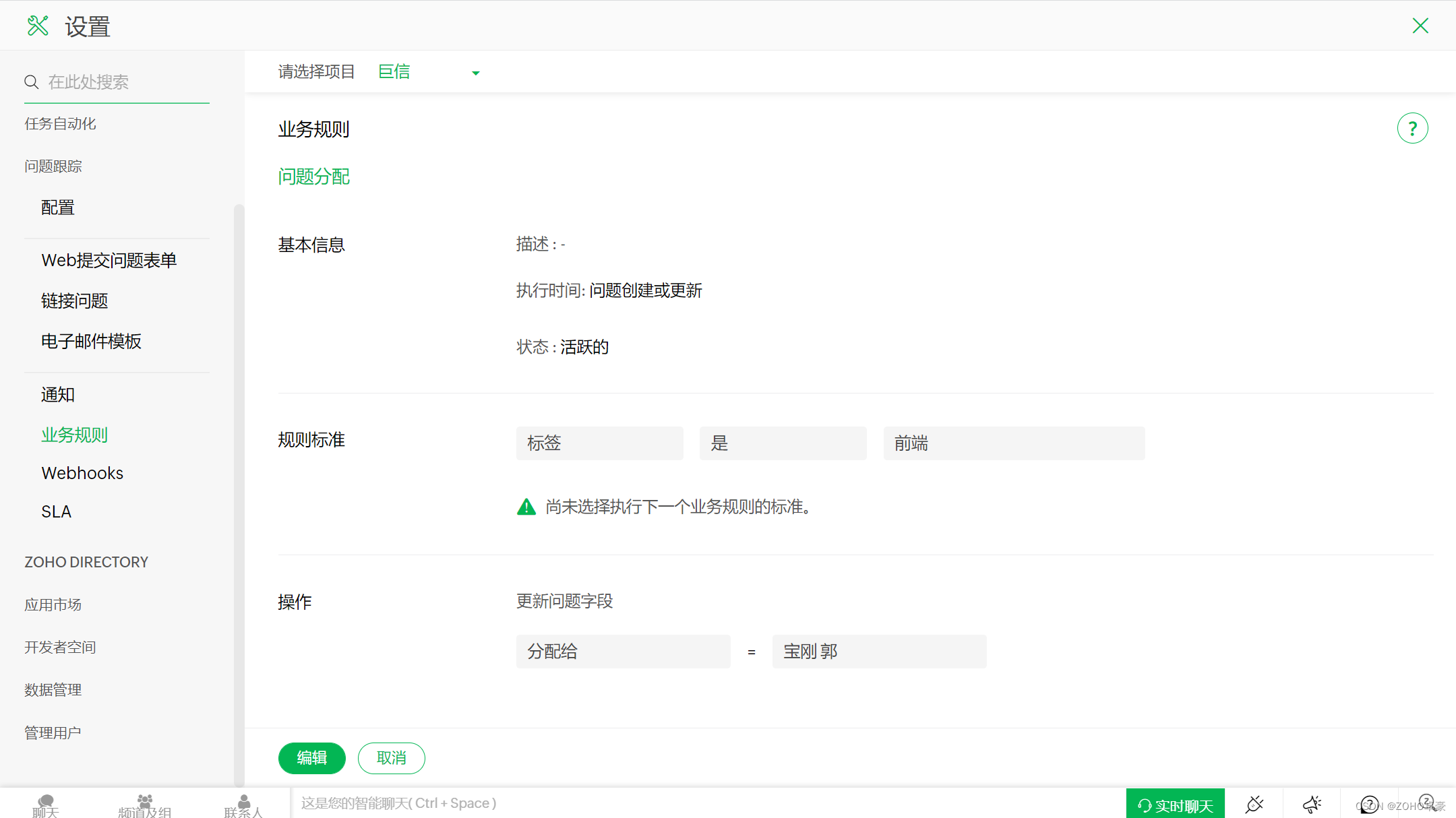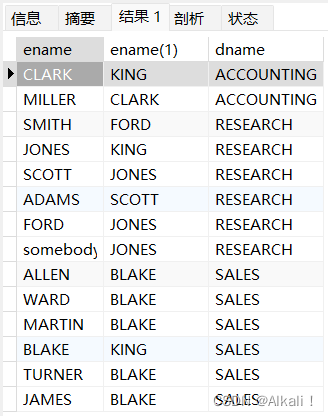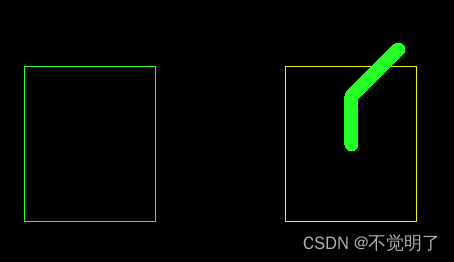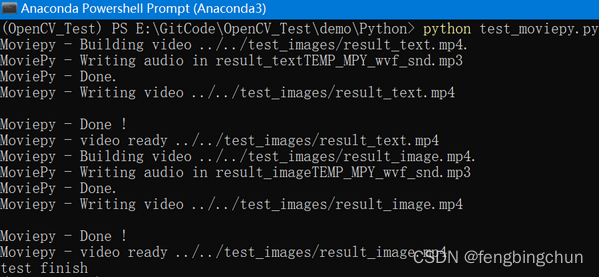智能优化算法:指数分布优化算法
文章目录
- 智能优化算法:指数分布优化算法
- 1.指数分布优化算法
- 1.1种群初始化
- 1.2EDO开发
- 1.3EDO探索
- 2.实验结果
- 3.参考文献
- 4.Matlab
- 5.python
摘要:指数分布优化算法(Exponential distribution optimizer(EDO))是于2023年提出的一种新型智能优化算法。该算法基于数学中的指数概念分布模型。具有寻优能力强,收敛速度快等特点。
1.指数分布优化算法
1.1种群初始化
在初始化阶段,我们用一组以高度分散的值为特征的N个随机生成的解来初始化总体(Xwinner)。
Xwinners
i
,
j
=
l
b
+
rand.
(
u
b
−
l
b
)
(12)
\text { Xwinners }_{i, j}=l b+\text { rand. }(u b-l b) \tag{12}
Xwinners i,j=lb+ rand. (ub−lb)(12)
其中,
l
b
,
u
b
lb,ub
lb,ub为寻优的上下边界,rand为(0,1)之间的随机数。
1.2EDO开发
开发阶段使用指数分布模型的几个特征,如无记忆性、指数率、标准方差和均值。此外,还采用了一种引导解决方案来将搜索过程引导到全局最优。EDO的第一步包括初始化一组随机解,这些解模拟一组指数分布模型。其次,使用目标函数对这些解决方案进行评估,并从最佳到最差进行排名。最后,对于最大化优化问题,它们按目标函数的降序排列。对于最小化优化问题,解决方案按升序列出。
一个好的解决方案周围的区域有希望找到全局最优解,这就是为什么许多算法通过吸引差的解决方案来探索好的解决办法周围的搜索空间。因此,我们围绕指导解决方案寻找全局最优解。引导解(Xguide)被定义为排序种群的前三个最佳解的平均值,并计算为:
X
g
u
i
d
e
t
i
m
e
=
X
w
i
n
n
e
r
s
b
e
s
t
1
t
i
m
e
+
X
w
i
n
n
e
r
s
b
e
s
t
2
t
i
m
e
+
X
w
i
n
n
e
r
s
b
e
s
t
3
t
i
m
e
3
(13)
Xguide^{time}=\frac{Xwinners^{time}_{best1}+Xwinners^{time}_{best2}+Xwinners^{time}_{best3}}{3}\tag{13}
Xguidetime=3Xwinnersbest1time+Xwinnersbest2time+Xwinnersbest3time(13)
其中time 代表迭代次数。
我们设计了一个开发性优化模型来更新当前服从指数分布的新解决方案,该解决方案依赖于两种类型的解决方案:赢家和输家。为了更新新的解决方案(
V
i
t
i
m
e
+
1
V_i^{time+1}
Vitime+1),我们假设:
V
i
time
+
1
=
{
a.
(
memoryless
i
time
−
σ
2
)
+
b
.
Xguide
time
if
Xwinners
i
time
=
memoryless
i
time
b.
(
memoryless
i
time
−
σ
2
)
+
log
(
ϕ
)
.
Xwinners
i
time
, otherwise
(14)
V_i^{\text {time }+1}=\left\{\begin{array}{l} \text { a. }\left(\text { memoryless }_i^{\text {time }}-\sigma^2\right)+b . \text { Xguide }^{\text {time }} \text { if } \text { Xwinners }_i^{\text {time }}=\text { memoryless }_i^{\text {time }} \\ \text { b. }\left(\text { memoryless }{ }_i^{\text {time }}-\sigma^2\right)+\log (\phi) . \text { Xwinners }{ }_i^{\text {time }} \text {, otherwise } \end{array}\right.\tag{14}
Vitime +1={ a. ( memoryless itime −σ2)+b. Xguide time if Xwinners itime = memoryless itime b. ( memoryless itime −σ2)+log(ϕ). Xwinners itime , otherwise (14)
a = ( f ) 10 , (15) a=(f)^{10},\tag{15} a=(f)10,(15)
b = ( f ) 5 , (16) b=(f)^5 \text {, }\tag{16} b=(f)5, (16)
f = 2 × rand − 1 (17) f=2 \times \text { rand }-1 \tag{17} f=2× rand −1(17)
其中 m e m o r y l e s s i t i m e memoryless_i^{time} memorylessitime是第i个个体的记忆矩阵。 p h i phi phi是[0,1]之间的随机数,a,b是适应参数,f是[-1,1]之间的随机数。
1.3EDO探索
本小节说明了所提出的算法的探索阶段。该算法的探索阶段识别搜索空间中被认为具有全局最优解的有希望的区域。EDO勘探阶段的优化模型是使用服从指数分布的原始种群中的两个赢家建立的。新的解决方案将使用以下公式进行更新。
V
i
time+1
=
X
winners
i
time
−
M
time
+
(
c
.
Z
1
+
(
1
−
c
)
⋅
Z
2
)
(20)
V_i^{\text {time+1 }}=X \text { winners }{ }_i^{\text {time }}-M^{\text {time }}+\left(c . Z_1+(1-c) \cdot Z_2\right) \tag{20}
Vitime+1 =X winners itime −Mtime +(c.Z1+(1−c)⋅Z2)(20)
M time = 1 N ⋅ ∑ i = 1 N Xinners j , i time , j = 1 , 2 , … . , d (21) M^{\text {time }}=\frac{1}{N} \cdot \sum_{i=1}^N \text { Xinners }_{j, i}^{\text {time }}, \quad j=1,2, \ldots ., d \tag{21} Mtime =N1⋅i=1∑N Xinners j,itime ,j=1,2,….,d(21)
其中
M
t
i
m
e
M^{time}
Mtime代表种群的平均值,
c
c
c是一个自适应参数,计算如下:
c
=
d
×
f
(22)
c=d \times f \tag{22}
c=d×f(22)
KaTeX parse error: Expected 'EOF', got '_' at position 39: … }}{\text { Max_̲time }} .\tag{2…
Z1,Z2是两组向量,计算如下:
Z
1
=
M
−
D
1
+
D
2
,
(24)
Z_1=M-D_1+D_2,\tag{24}
Z1=M−D1+D2,(24)
Z 2 = M − D 2 + D 1 , (25) Z_2=M-D_2+D_1,\tag{25} Z2=M−D2+D1,(25)
D 1 = M − X winners rand 1 , (26) D_1=M-X \text { winners }_{\text {rand } 1},\tag{26} D1=M−X winners rand 1,(26)
D 2 = M − X winners rand 2 . (27) D_2=M-X \text { winners }_{\text {rand } 2} \text {. } \tag{27} D2=M−X winners rand 2. (27)
其中, X w i n n e r s r a n d 1 , X w i n n e r s r a n d 2 Xwinners_{rand1}, Xwinners_{rand2} Xwinnersrand1,Xwinnersrand2代表随机选择的两个个体。
算法伪代码如下:

2.实验结果

3.参考文献
[1] Abdel-Basset, M., El-Shahat, D., Jameel, M. et al. Exponential distribution optimizer (EDO): a novel math-inspired algorithm for global optimization and engineering problems. Artif Intell Rev (2023). https://doi.org/10.1007/s10462-023-10403-9

